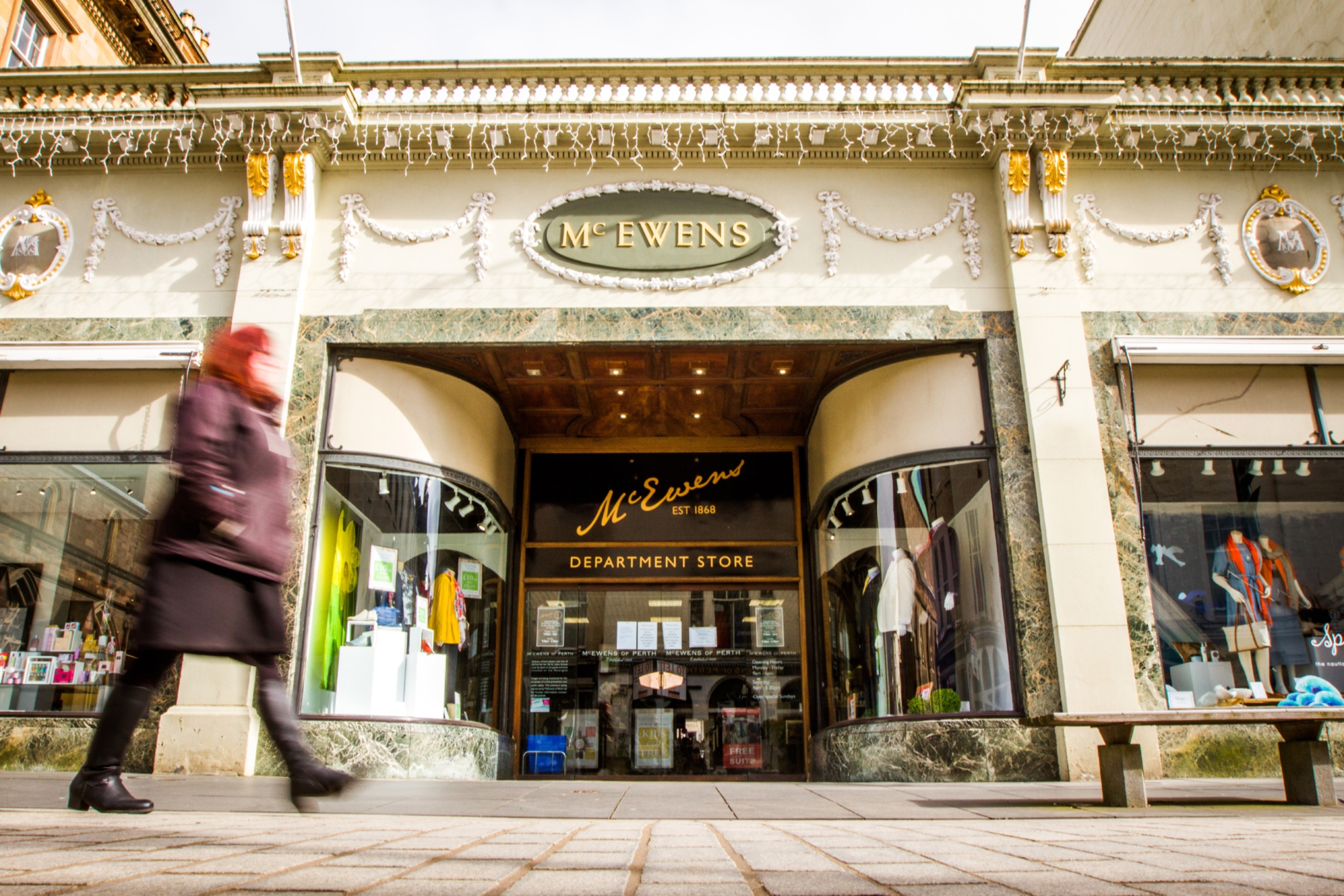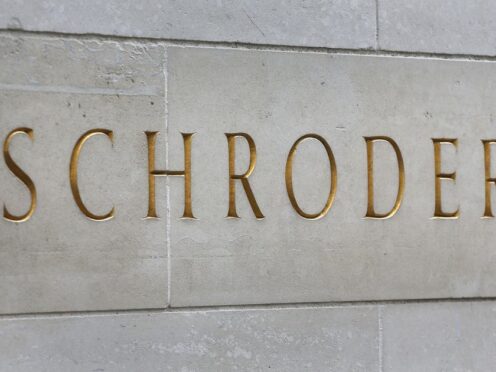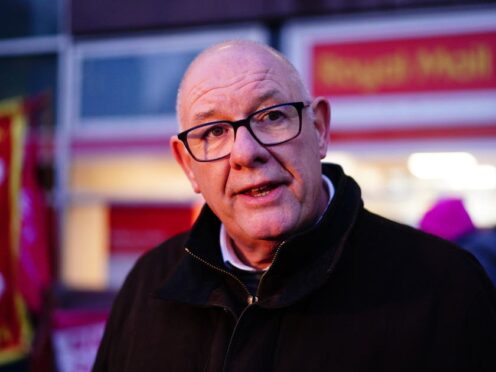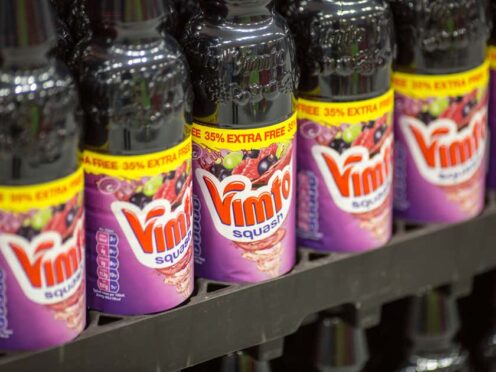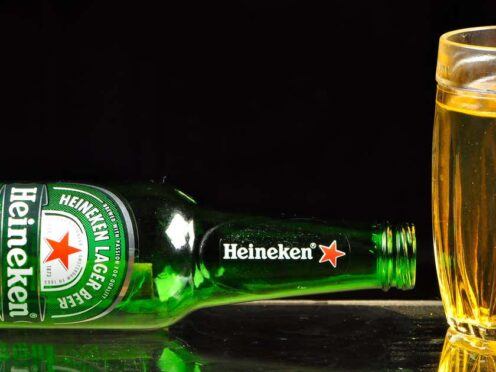Unsecured creditors of McEwens of Perth are likely to have lost up to £2.875 million in the collapse of the department store company.
Administrators KPMG have anticipated that that based on current estimates there will be insufficient funds to pay them a dividend.
The unsecured creditors include the holders of gift and promotional vouchers as well as companies that traded with McEwens which lodged claims totalling £1.1m.
They also include claims of more than £1.7m from the Bullough family, connected companies, McEwens’ pension funds, Highland Council and Her Majesty’s Revenue and Customs for PAYE and VAT.
McEwens collapsed with debts of almost £4.3 million, entering administration at the end of March with 110 staff facing redundancy.
Company chairman John Bullough and his wife, Lady Georgina, the son-in-law and daughter of the last Earl of Mansfield, blamed the credit crunch and the rise of the internet and out-of-town shopping for the demise.
Sited in St John Street and with branches in Oban and Ballater, McEwens was founded in 1868 and prided itself is being Scotland’s largest independent fashion chain.
In their notice to creditors lodged with Companies House, KPMG anticipate the likeliest exit route from administration to be to be dissolution.
Administrators Gerard Friar and Blair Nimmo said McEwens’ trading performance had deteriorated in 2015.
Early this year KPMG were brought in to assist with a possible refinancing but additional funding could not be achieved.
The administrators decided that continuing to trade on a reduced scale after administration would allow time to explore a sale of the McEwens business and assets as a going concern.
“Unfortunately, it became clear that this would not be possible and we are now effecting an orderly wind-down of the company,” they stated.
Sales were about £900,000 prior to deducting trading costs, and the administrators said sufficient funds will be recovered from the sale of the freehold property for a distribution to the secured creditor, the Royal Bank of Scotland which had a total debt of £3.44m.
The administrators anticipated that employees who claimed wage arrears, holiday pay and some pension benefits, could be paid in full as preferential creditors, depending on the outcome of trading and the sale of McEwens non-property assets.
They had submitted claims amounting to £97,000, but there will not be enough money to pay the unsecured creditors.
